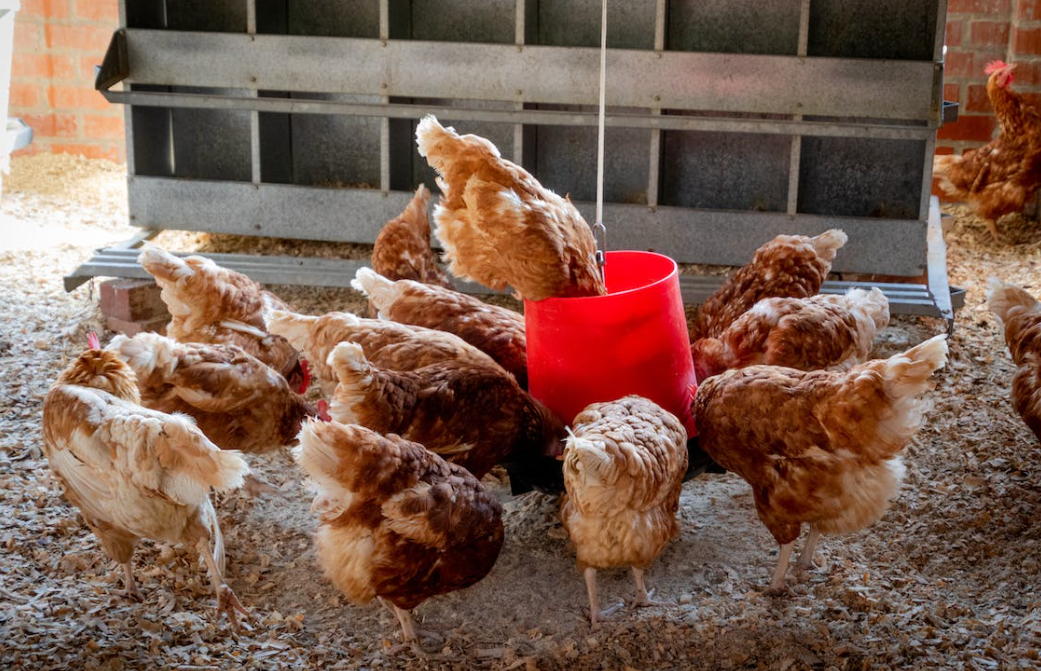The risk of avian influenza (bird flu) infection in poultry could increase in the coming months due to migrating birds, according to the European Centre for Disease Prevention and Control (ECDC).
Since a peak in November 2022, the number of outbreaks of the virus in poultry flocks has decreased.
According to the ECDC’s latest report on the disease, there were 522 cases confirmed in domestic birds and 1,138 cases in wild birds between December 3, 2022 and March 1, 2023.
This includes 191 outbreaks in poultry in France; 88 in Poland; 31 in Hungary; 26 in Czechia; 20 in Germany; and 19 in the UK.
Bird flu was detected in two turkey flocks in Co. Monaghan last November.
Bird flu
The report noted an unexpected number of deaths from the virus in sea birds, particularly in black-headed gulls in France, Belgium, the Netherlands, and Italy.
“The risk of HPAI virus infection for poultry due to the virus circulating in black-headed gulls and other gull species might increase during the coming months, as breeding bird colonies move inland with possible overlap with poultry production areas,” it added.
Genetic analyses has shown that the virus has persisted in Europe in residential wild birds during and after the summer months.
Although generally confined to birds, the virus has been detected in humans in Cambodia, China, Ecuador and Vietnam since October 2022.
The ECDC said that the risk of bird flu infection in Europe “is assessed as low for the general population” and “low to moderate for occupationally or otherwise exposed people”.
“Avian influenza virus transmission to humans is a rare event, viruses remain avian-like adapted,” the report said.
The ECDC said that people should avoid touching sick or dead birds or their droppings and should wear personal protective equipment (PPE) when in direct contact.
The World Health Organisation (WHO) previously said that the overall risk of a bird flu pandemic is “considered not significantly changed in comparison to previous years”.

Reports of the virus in mammals have also continued, and the ECDC said this is probably linked to feeding on infected wild birds.
In Peru, there was a significant number of sea lions deaths linked to the virus in January and February.
Earlier this month, French officials notified the World Organisation for Animal Health (WOAH) that bird flu had been detected in foxes in the country.
In February, the EU Commission adopted harmonised rules on the vaccination of animals against serious diseases, including bird flu.
The commission said that “this will allow safe movements of animals and products from establishments and zones where vaccination has taken place”.
